16/6/2020 How to wash wool!
Click "read more" on the right to ...
13/6/2020 Crowing Hen Farm COVID-19 Safety Plan
In every handful of soil, sleeps thousands of enemies; The seeds of weeds that, given the slightest moment of inattention, will gleefully smother all your hard work. But what if there was a way to turn your enemies superpower against them? A weed is just a plant that is growing unrequested. And the thing about weeds is that they are just so good at growing. They outgrow and smother just about any domestic plant. The weeds have the advantage, they have been growing and reproducing in this garden for generations. Through natural selection, the weeds have adapted to thrive in these conditions — clever little fellas. As the weeds grow and reproduce, they create a seed bank in the soil. This is like a savings account of weed seeds that they can draw upon for future generations. Some seeds will stay dormant for over 100 years, waiting for their moment. No matter how many weeds we kill this year, there are always more seeds in the savings account. We can fight this seed bank with chickens, chemicals, fire, heat, cold, all sorts of things - but weeds are tricky and have evolved over the years to survive all of these torments. Let's face it, weeds are smarter than us and always will be. It's time to start playing the weeds' game - And Win! Click "read more" on the right to ...
2/6/2020 How to ship a carded batt?I want to know the best way to ship carded wool batts so that the fibres stay lofty and easy to draft. So I did some experiments. A batt is the result of preparing the fibre on a drum carder. It can be a giant drum carder like they have in a fibre mill, or a tiny one like mine. Not that I mind tiny. To me, it's just the right amount for what I'm doing now and I'm hoping my carding adventures will earn my way towards a bigger, better, bolder machine. Click "read more" on the right to ...
26/5/2020 reviving my etsy shopTo be brutally honest, I never paid much attention to my Etsy shop. It's there if people buy stuff, that's cool. I might go through a phase once or twice a year where I take more photos and list stuff, but over the last 13 years, the number of hours I've put into improving my shop is pitiful. Until this year, most of my sales have been wholesale, but with the uncertainty ahead and being stuck at home on the farm, I finally had the time and the need to increase my Etsy sales. Click "read more" on the right to ...
My favourite yarn to spin and most popular in the shops are something I call Singles Boucle. I learned this technique from the book The Intentional Spinner, and it's one of the most popular yarns to sell at the local shop. It's also one of my favourite yarns to spin as it requires minimal fibre prep and is like combining pying and spinning all in one action. For this tutorial, I borrowed an e-Spinner Super Jumbo. Lat's face it, I'm not much of an e-Anything, but having a wheel with huge bobbins, massive yarn guides and orifice, and can spin at a quick speed! This e-Spinner Super Jumbo is tailor made for spinning this kind of yarn. Here's how you spin boucle singlesClick "read more" on the right to ...
12/5/2020 dyedAs social distancing restrictions ease in my province, I can't help but worry our personal social distancing is just at the beginning. Living with a family member who is immune suppressed and having several co-mobility factors myself, I suspect it will be months if not years before we can re-join society. But it's not too bad with five acres and a house full of introverts. We've been keeping busy. One of the things I set out to learn during lockdown is dyeing with acid dyes. I bought a couple of kits from Ashford where 10g of dye is enough to colour 1-kilo of fibre! With two years of fibre saved up for the local mill, which closed its doors last fall :( , I have a lot of wool (and alpaca, and llama, and silk, and...) to practice on. It's been a massive amount of fun, and I feel I'm only just scratching the surface of what is possible with this fantastic art. Click "read more" on the right to ...
13/1/2020 fouledStanding on Gonzales Hill, one can see almost the entire city: the buildings struggling among the trees. Look the other way, and spy the saltwater squeezed between our little island and the Olympic Mountains that look like storm clouds silent on the horizon. The sheltered waters and pleasant beach of Foul (now Gonzales) Bay seem the ideal resting place. Yet, beneath the calm water is a danger that gave the bay the name Foul. The gentle cove an inviting shelter for sailing ships proved riddled with kelp, driftwood, and other underwater hazards. The vessel quickly fouled - became overwhelmed and encrusted with the goodness from the sea - so they could not sail. Foul Bay. Last year, with the help of so many beautiful people, I published two books! One paperback Homegrown Linen and the other an e-book Clean with Cleaners you can Eat. Thank you, everyone. It was wonderful discovering that I had something worthy of sharing with the world. I especially love hearing the stories of people going out and trying new things. As good as this all was, something else happened. It was too much goodness. I was overwhelmed. I was fouled (and not in the chicken kind of way). I lost momentum; my rudder stuck in the kelp forest. Click "read more" on the right to ...
25/6/2019 mullein oil for earacheFrom time to time, I get a mild ear infection. An itching sensation in the right ear, like ants, crawling about inside and a deep swelling feeling like a softball is trying to grow its way out of the side of my head. The ear, nose and throat doctor suggested a drop of olive oil from time to time, but for the most part, these things are supposed to clear up on their own. The olive oil helps a bit, but the sensation never really goes away. I started looking for other solutions. One day I found this ginormous plant growing in my field. It had big fuzzy leaves and a five-foot-tall flower stock. Could this be mullein? Click "read more" on the right to ...
|
CategoriesAll Airwell Angora Animal Fibre Boring Community Cotton Dryland Farming Dye Etsy Shop Experiments Fibre Prep Finance Flax Frugal Household Management Indigo Linen Local Cloth Mediterranean Climate Natural Dye Permaculture Plant Fibre Sewing Silk Tutorial Urban Fibre Vintage Wildcrafting Archives
February 2022
|
|
Created by Tracy Wandling of One Wing Freelance Graphic Design
|
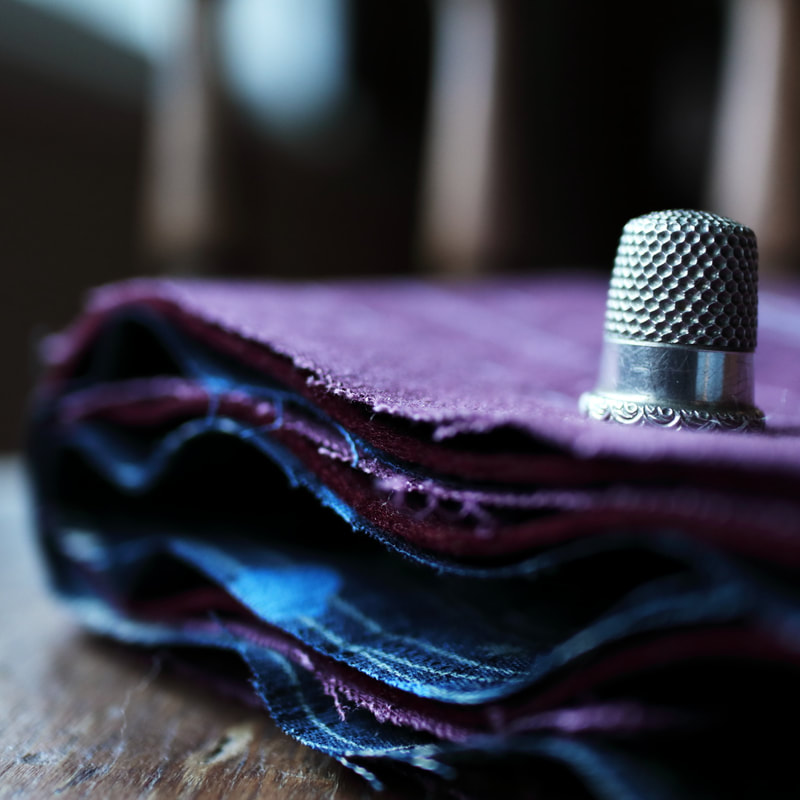
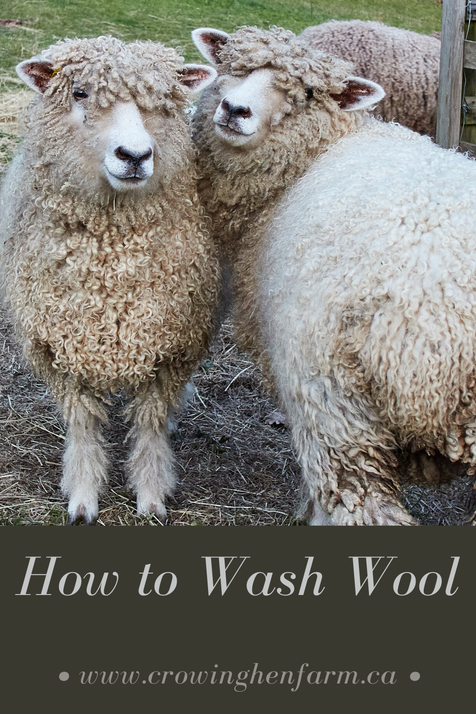
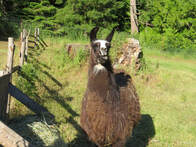
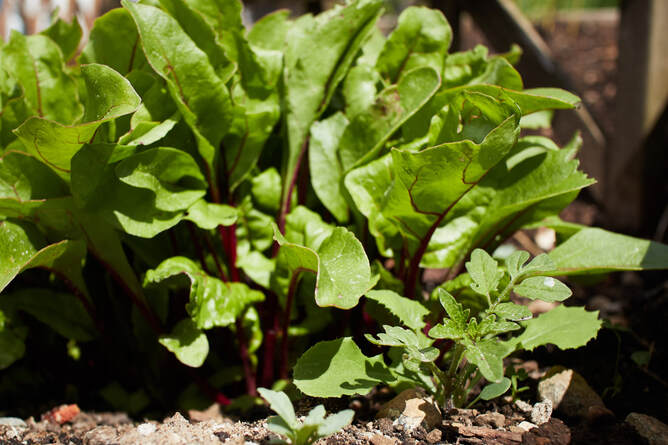
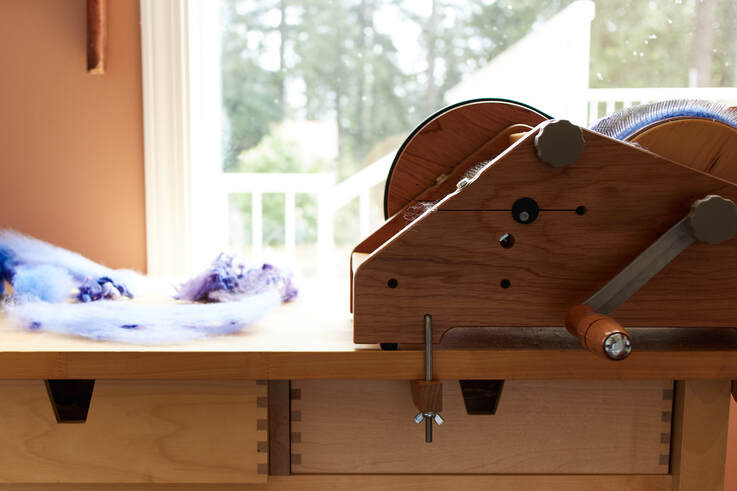
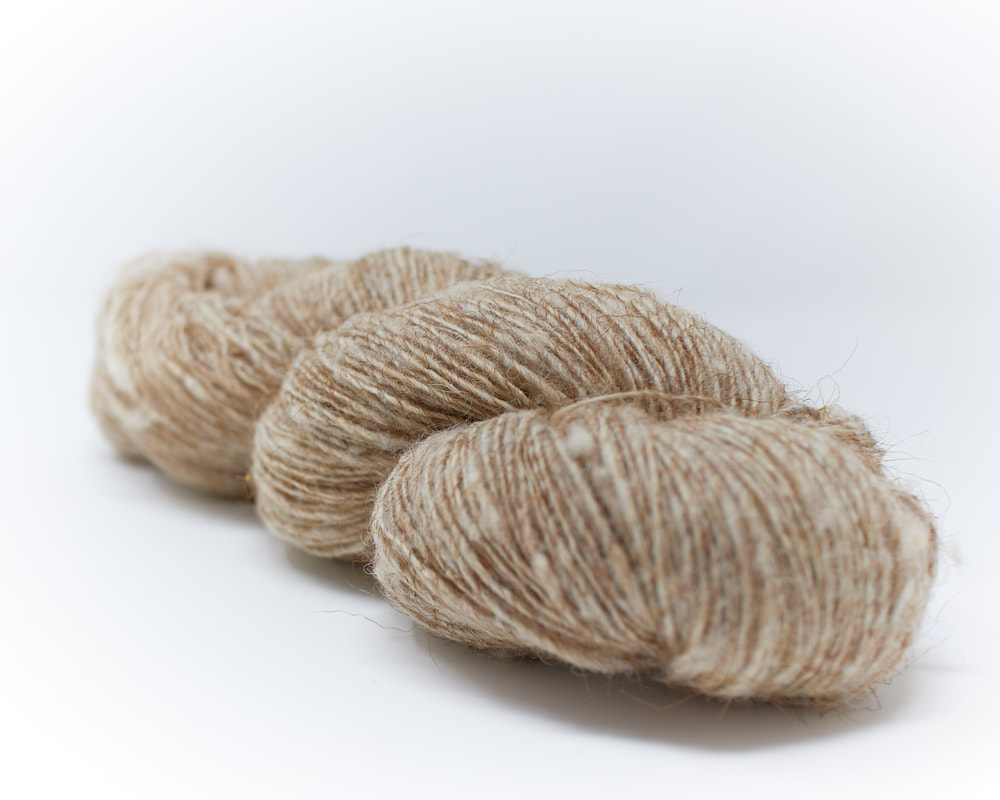
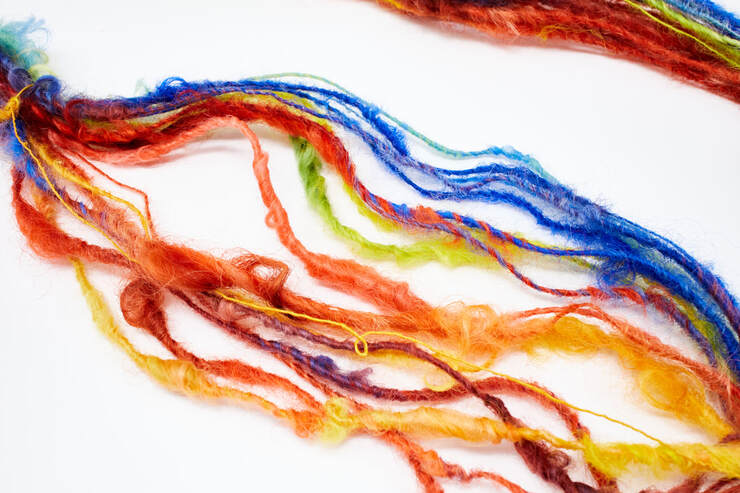

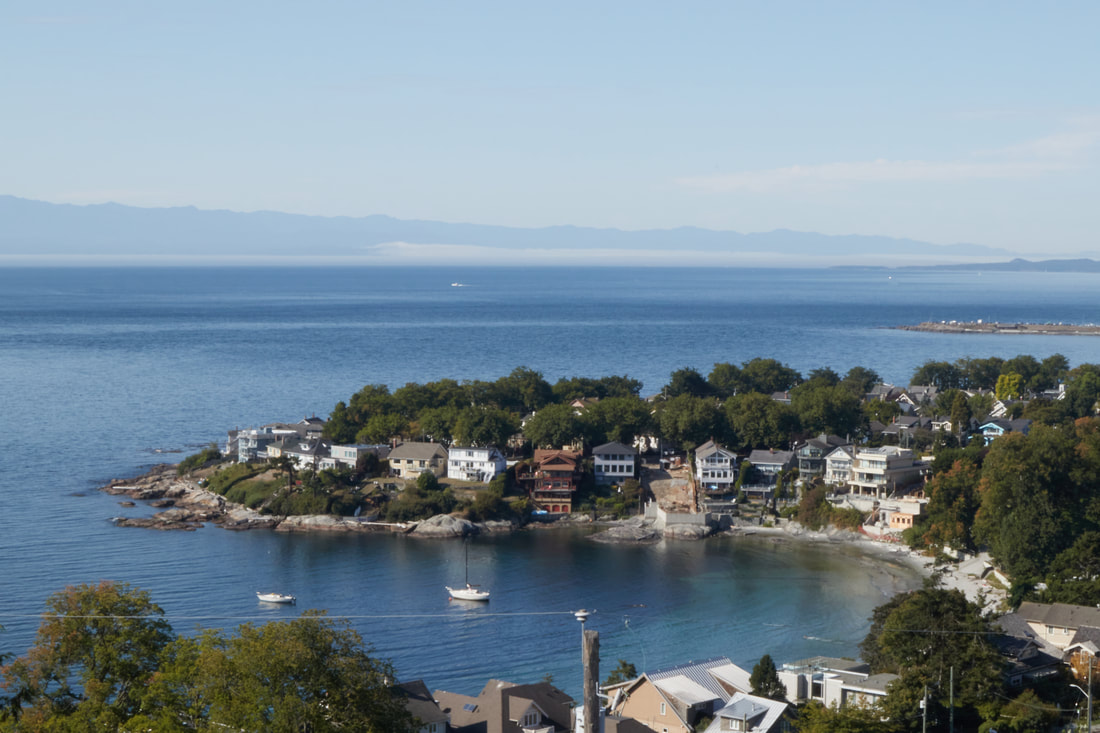
 RSS Feed
RSS Feed
